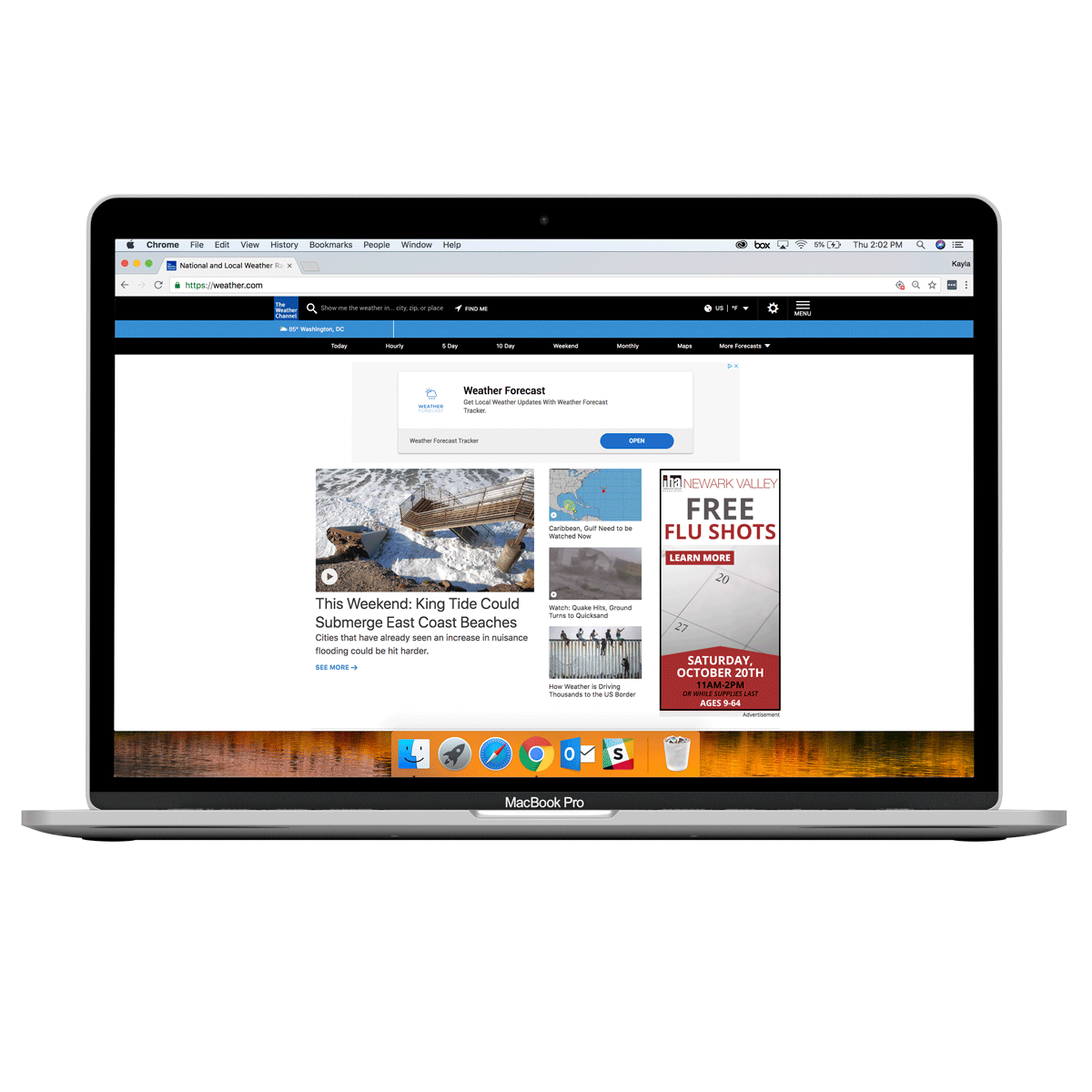
Defining Digital Ad Viewability
The digital buzzword “viewability” stemmed from the marketing world trying to make sense of new technology using old vocabulary terms.
Back when most of the world read a newspaper, ad space was laid out and sold strategically based on how likely it was to been seen when reading the paper. Ads on the front page of the newspaper were likely to be seen by just about everyone who picked it up. However, the ad on page eight of the society section was likely to be seen by a niche audience. Also, the notion of whether the ad was “above the fold” of the paper or “below the fold” of the paper made a difference as to who would see the ad when it was picked up and skimmed.
As the internet continued to become popular for reading and sharing information, digital ads were being measured by the standards of old technology. At first, the digital landscape was murky. Advertisers weren’t sure where ads were appearing and for how long. Advertisers were trying to think along the “viewability” measurements of newspapers, like is my ad above the fold (i.e. when you scroll down on the page). Advertisers tried to convert these measurements into one term, “viewability.”
Now, viewability in the digital world means how long your digital ad stays on the page and how much of the ad space is seen instead of where the ad is located on the page or if it appears within an interior page of the website (versus the homepage). The internet is huge, and anything is searchable. Search engine optimization helps your online searches appear by the most relevant information, which could mean you go directly to an interior page of a website and that’s okay. People spend so much time online reading and sharing it no longer matters if your ad is at the top of the webpage because people are willing to scroll through information they find interesting and relevant. For example, if you want to serve an ad for wood stain contextually to a homeowner reading about how to refinish their floors, anywhere on that page would be prime real estate for your ad.
While fold may not be as critical a factor anymore, the new definition of viewable ads is important. Viewability standards as set forth by MOAT, the only independent measurement company accredited by the Media Rating Council, is defined as whether or not 50 percent or more of the ad is shown to the viewer for one second or longer. In this example, if your ad for wood stain got caught in the middle of someone scrolling down and only the top 25 percent of the ad size was seen, that ad was not considered viewable.
Viewability standards are increasingly important as more money gets funneled into digital advertising. More and more programmatic exchanges and publishers are working on the metric, too. Tactics like creating slow-loading ad space that only loads ads when the whole size can be shown and MOAT viewability standards are creating an increasingly valuable and viewable ad environment.

